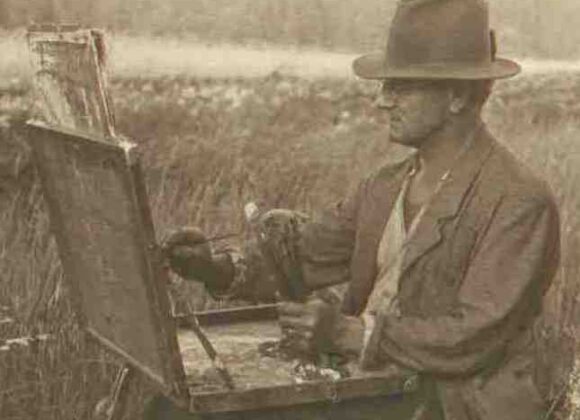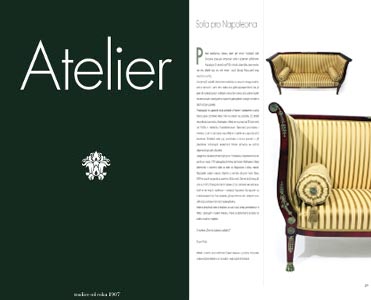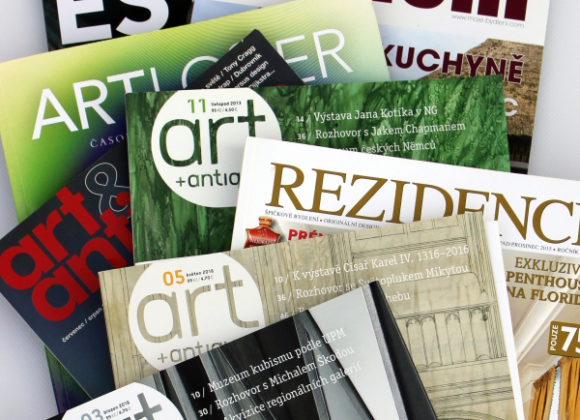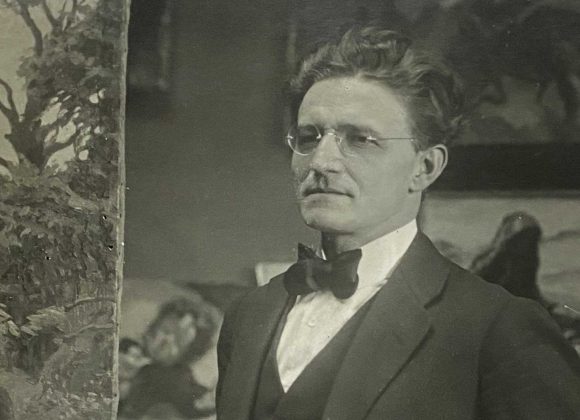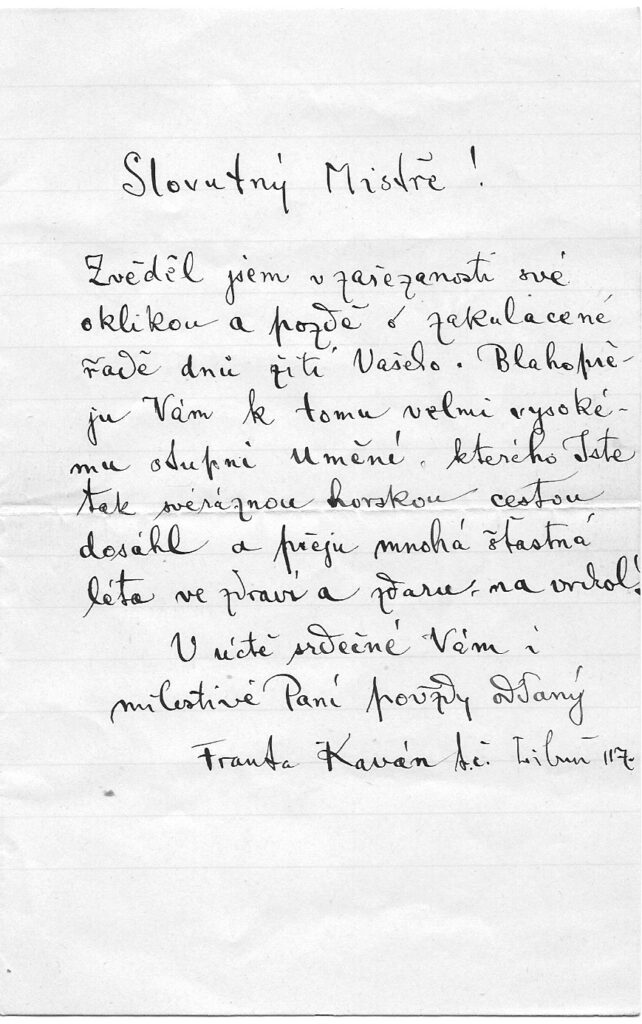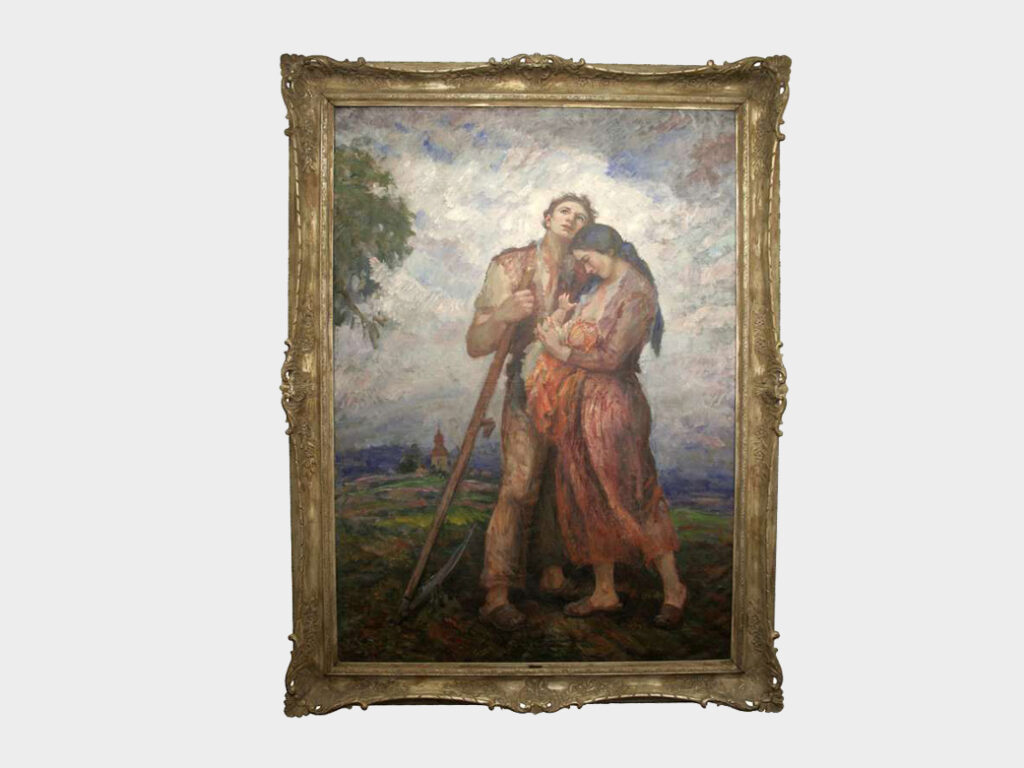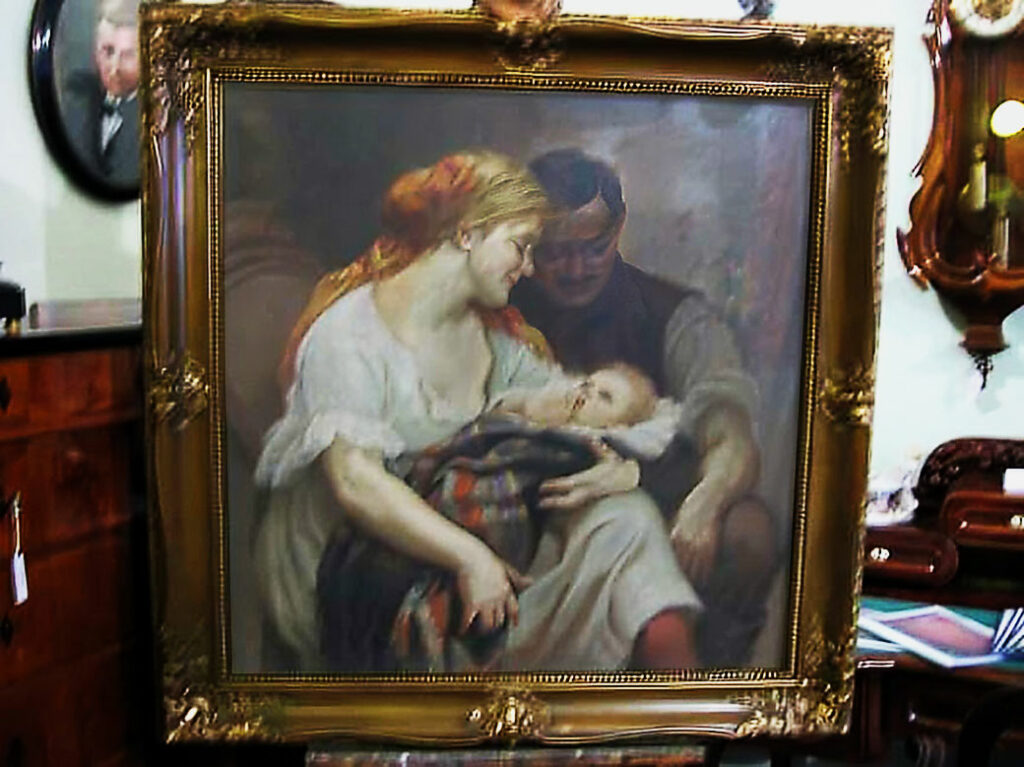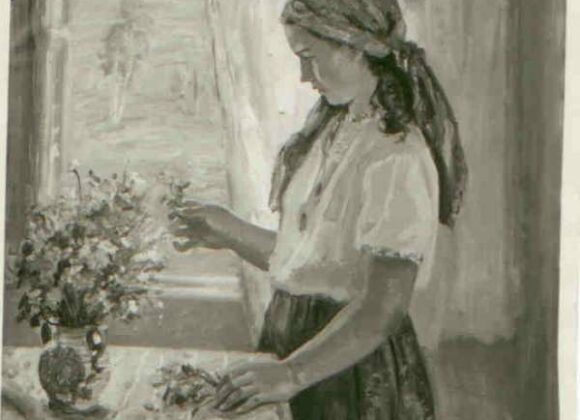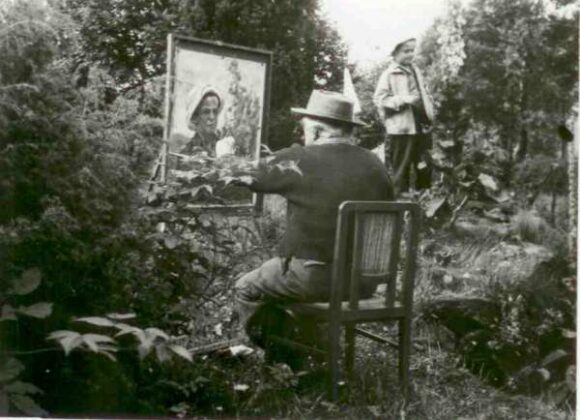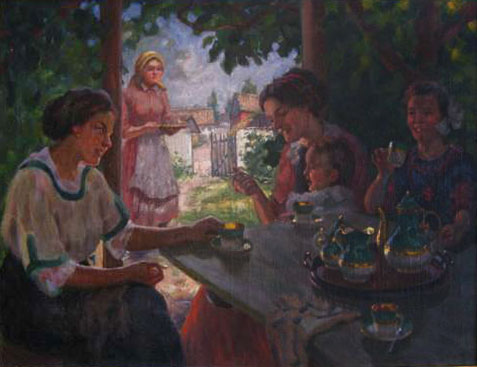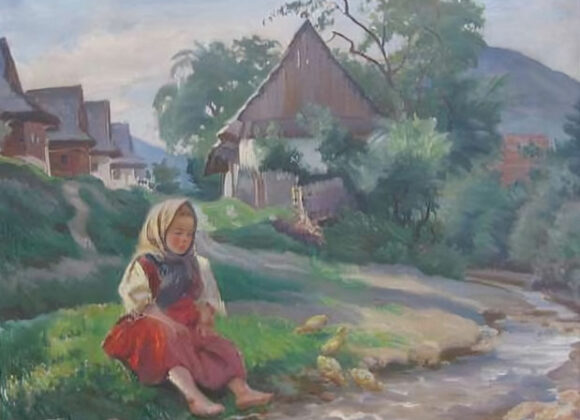tradition
Josef Fiala’s non-sale gallery
Welcome,
I would like to offer you a small excursion on this website through our virtual gallery, which bears the name of my great-grandfather, the academic painter Josef Fiala.
I have collected paintings, as well as writings related to the person of my ancestor over many years. Some were given to me by my father and grandfather for my birth, others for my baptism and some I inherited. Most of the paintings, however, came to me in a less than direct way. Many I auctioned off, some I bought at random in antique shops, and some were offered to me by collectors who knew of my passion for my great-grandfather’s work. But even distant relatives supported me in my intention to amass as large a collection as possible, not only of paintings and original frames, but also of original writings from the life of the artist and his family at the time.
In this section I present the first part of the paintings, in other categories you will find family and important works as well as interesting facts.
They mostly depict ordinary people either working in the fields or in the forest. Josef Fiala’s favourite subject was children, children of rural poor parents at their everyday games, childhood sorrows and joys.
The painter’s beloved Highlands are depicted in many of these works, but there are also several less common themes of the winter landscape.
I wish you a pleasant experience from this tour and I believe that one day we will meet in person when I will be able to realize my idea to exhibit a comprehensive collection of restored works of the painter Josef Fiala live in a stone gallery.
Josef Fiala, academic painter
“Let us cherish the legacy of our ancestors”
David Fiala
Glorious Master,
I have learned in my roundabout way
and late of the rounded series of your days.
I congratulate you on your very high
degree of art of which you are so peculiarly mountain
way, and I wish you many happy years in
health and at the top
I am forever devoted to you and to the gracious lady
Ak. Painter Franta Kaván t.č. Libeň 117
So much from the surviving letter of the academic painter František Kaván addressed to Josef Fiala on the occasion of his jubilee.
Academic painter, portraitist, figure painter and landscape painter Josef Fiala was born on 31 July 1882 in Košíří, Prague, in the family of Václav Fiala, a flour merchant. An enthusiastic draughtsman from an early age, he did not find his parents very understanding of his passion for painting. After consulting a biography written by the painter himself in 1911, we learn that his path to painting was by no means simple and straightforward.
“…There I went to the municipal school and in 1893 I entered the 1st class of the Real Gymnasium in Smichov and in 1894 I transferred to the 2nd class of the Real Gymnasium in Smichov. Class of c.k. higher school. I stayed there until 1897, when on 9 March 1897 I left to help my widowed mother to support herself. I was in my mother’s shop for two years, then I finished a year’s business school and was in practice as an accountant in a mill for 2½ years. Suddenly I decided and took an examination at the Academy of Arts in Prague, as I had had a considerable liking for painting since childhood. I completed 5 years at the Academy of Arts in Prague and went to the Academy of Arts in Munich, for which I enjoyed a scholarship. I then received a travel scholarship and made several trips to Italy, France, England, Holland and Belgium and recently returned to Prague…..”
At the C.C. Academy in Prague he studied under Professor Hynais and ” showed excellent grades while attending with great diligence and perseverance”. The excellent foundations of the Hynais School, undeniable talent and a healthy ancestral connection to his rural surroundings soon embodied Fial’s artistic intellect, reflected in his extensive life’s work.
And it was these study trips to Europe that awakened in Josef Fiala a powerful longing for the Czech countryside and the Czech village. At first this longing took him to Chodsko and South Bohemia, but most of his major works were written in the poor, beloved Highlands. There he was led by chance and curiosity. According to the memoirs of Josef Fiala’s son Eugen, painters from the Association of Fine Artists went to Svratka near Hlinsko out of curiosity as to what kind of region was the Highlands, where Antonín Slavíček painted his famous picture “At Our House in Kameničky”. The scenic beauty of the Highlands, its inhabitants and the surrounding dramatic nature completely captivated Josef Fiala and he was inspired to spend half of the year in Milovy near Svratka and the other half drawing on his memories of Milovy and working in his Prague studio in Nusle. At that time, he created works that blend landscape with figurative painting, such as “The Escape of a Shepherdess in a Storm”, “In the Meadows”, “Bathing Boys”, “Children on the Interstate” or “Workers’ Madonna”. As for the Worker’s Madonna itself, its creator was inspired by Madonna V. Hynaise created in 1875. Although the conception of J. Fiala is not so much religious, the influence of the teacher on the pupil is more than noticeable. Apart from a few studies, Fiala’s Worker’s Madonna was created in three variants.The central motif is a young married couple of nobly beautiful faces of more agricultural than working-class type.Fiala sought the model of a mother looking dreamily at the child in her arms from his beautiful wife Eugenie. The artistic conception and technical treatment of the paintings is truly masterful, so much so that one of the variants was purchased by the Royal Norwegian Gallery at a foreign exhibition.
Josef Fiala’s canvases almost always feature people going about their daily work in the fields or forests. Children appear most in his paintings, picking blueberries, playing in the meadow or by the fire. He painted them as they really were, with excitement and eagerness on their faces, but also with sadness in their eyes. According to the memories of the sons of master Fiala, he painted them and their friends in a hilly meadow near Svratka, which was called Fialovna at that time, and because he had a very developed social feeling, he paid his child models the same wages per hour as their parents received for their hard work in the fields.
Josef Fiala continued to work at Milove after the Second World War and the rise of the communists to power, but his intrinsic disapproval of the times and their changes and his need to adapt forced him to create works that no longer carry with them as much picturesqueness and understanding.
The academic painter Josef Fiala died in 1963 and his remains are kept in the columbarium of St Nicholas Cathedral in Old Town Square where he restored the wall frescoes in the dome together with other painters during his military service. The linking of his earthly and posthumous life into one temple site is the punctuation of an artistically and humanly interesting existence.

